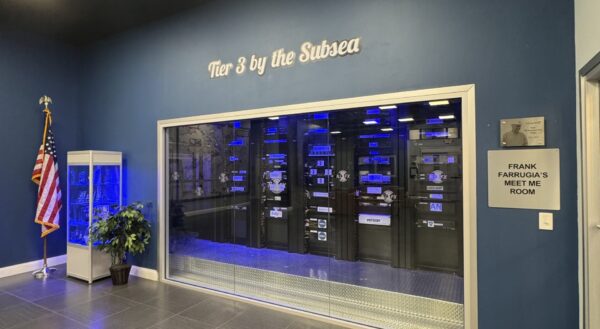
The AI-Ready Cable Landing Station is Coming
NJFX today announced the completion of a comprehensive Basis of Design for a new 10MW high-density AI data hall, delivering an expected 1.25 PUE and 8MW of usable IT load.
March 22, 2018

The submarine cable sector has been heating up with new projects across the globe – stretching from the US to Latin America and Latin America to Africa. As reported by Capacity Magazine, Latin America is leading the sector globally with over $1.5 billion of new cable investment in 2017 and 2018. Gil Santaliz recently joined other industry experts at Capacity LATAM 2018 to discuss new subsea routes as well as the new owners of these fiber systems. “The shift of global network infrastructure is truly revolutionary,” commented Santaliz.
Moderated by Mario Quijada of Altman Vilandrie & Company, the panel entitled, ‘An Outlook into the Vibrant Submarine Cable Sector: What is Driving the Regional Re-emergence of the Submarine Cable Construction Boom?’ included the following thought-leaders:
Panelists discussed the drivers of the subsea cable boom, boosted in large part due to the increase in international bandwidth demand, which is doubling every two years. Another driver includes the increasing demand of over-the-top (OTT) applications across the region. The LATAM region in particular is seeing a lot of activity from subsea operators, carriers and telecom providers. Their common denominator? They are all are focused on addressing this very dynamic market that has huge potential for growth.
Seaborn Networks constructed and operates the new Seabras-1, which is a private 6-fiber pair submarine cable between São Paulo (Brazil) and New York (US).
Larry Schwartz, CEO for Seaborn stated that “having a single operator approach is better than a consortium. Deciding to have the Seabras cable land in Wall, NJ was an important strategic decision geographically as it avoided hurricane zones and provided flexibility.” Santaliz added that Seaborn did a ‘great job with its systemic refresh. The new Seabras cable route avoids hurricane prone regions, which is key.”
Artur Mendes, CEO for Angola Cables, a multinational telecoms provider, commented that “it’s time to look for non traditional opportunities and approaches in regards to infrastructure and cable investments.” Angola Cables recently launched the South Atlantic Cable System (SACS), which is the first subsea cable system in the Southern hemisphere directly connecting Fortaleza, Brazil to Angola in South-West Africa. Focused on LATAM growth, Angola Cables, along with other providers, is also constructing the Monet cable, which links Brazil to Boca Raton, Florida in the United States. Angola Cables is also opening a data center in Fortaleza, Brazil, which interconnects cables with a meet-me-room and enables connections to reach traffic from other regions.
Serving customers in North and South America for over a decade, GlobeNet owns and operates a subsea cable network that spans more than 23,500 km. The company’s data center in Barranquilla, Colombia was designed and built to meet growing demand for wholesale telco, high-speed data and IT services across the Latin American market. Providing a presence at the most important exchange points in the Americas, GlobeNet offers a full suite of IP, Infrastructure-as-a-Service, and cybersecurity offerings, and empowers its partners to rapidly embrace new market opportunities by deploying high capacity, reliable networking services.
In addition, Huawei Marine is building a 6000 km South Atlantic Inter Link (SAIL) submarine cable in the South Atlantic Ocean. SAIL links Cameroon with Fortaleza, Brazil. The project is designed to provide low latency routing between Africa and Asia in the east and the Americas in the west.
Clearly, there are a wide range of projects offering diverse routes, high network availability, robust services and reliable connectivity in the LATAM region, and as Santaliz said, “Don’t put all your eggs in one basket. That’s how you avoid single points of failure.”
As for NJFX, operating the first and only Tier 3 carrier-neutral colocation facility in the US, it is positioned well to support all of this growth. The company, located in Wall, New Jersey has a high priority on the Interconnection of networks as its builds out to support new cable systems that are installing over the next 24 months. “NJFX plans to launch its expanded campus at the end of 2018 – Ready for Requirements,” stated Santaliz. “Exploring tenant build-to-suit options with power and operational independence, this campus uniquely sits at the Cable Landing with the most robust connectivity available in the US and interconnecting four continents.”
Santaliz is passionate about exploring how Latin America can work with the US and European marketplace – as the industry transforms with all of this new infrastructure. Seabras, coming up from Brazil, along with subsea capacity from Monet and BRUSA (Telefonica’s cable which connects Brazil with Puerto Rico and the US), makes NJFX the perfect hub for interconnection for South America, North America, Europe, Middle East and Africa. Santaliz added, “Capacity available in 2018 will be 10 times greater and pricing pressure will begin. The benefit is that Brazil will see a global marketplace open up.”
“It’s the carriers that really drive the environment,” commented Santaliz. “NJFX is just part of the solution. In order to be successful in today’s marketplace, specialization is key. Solutions that specialize in connecting Cable Landing Stations are going to play a pivotal role in pushing investments forward.”
As more fuel continues to feed the subsea industry fire, be sure to stay in the know for new submarine cable sector developments, developing trends and the continued drivers for global growth.
###
About NJFX:
NJFX is a Tier 3 Carrier Neutral Cable Landing Station campus. Our colocation ecosystem has expanded to over 35 network operators offering flexibility, reliability, and security. Our Wall, NJ location provides direct access to multiple subsea cable systems giving our carriers diverse connectivity solutions and offers direct interconnection without recurring cross-connect fees.

NJFX today announced the completion of a comprehensive Basis of Design for a new 10MW high-density AI data hall, delivering an expected 1.25 PUE and 8MW of usable IT load.
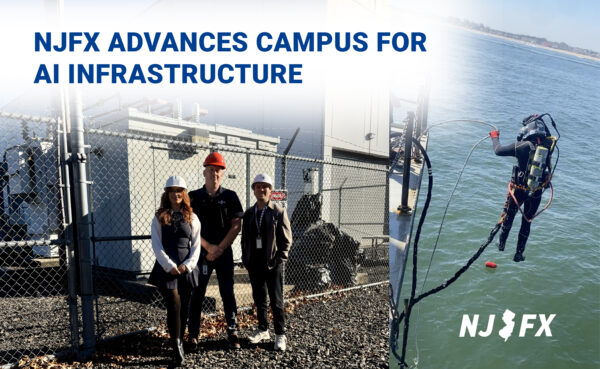
NJFX today announced the completion of a comprehensive Basis of Design for a new 10MW high-density AI data hall, delivering an expected 1.25 PUE and 8MW of usable IT load.

Red Sea conflict threatens Key Internet Cables. Maritime attacks complicate repairs on underwater cables that carry the world’s web traffic.
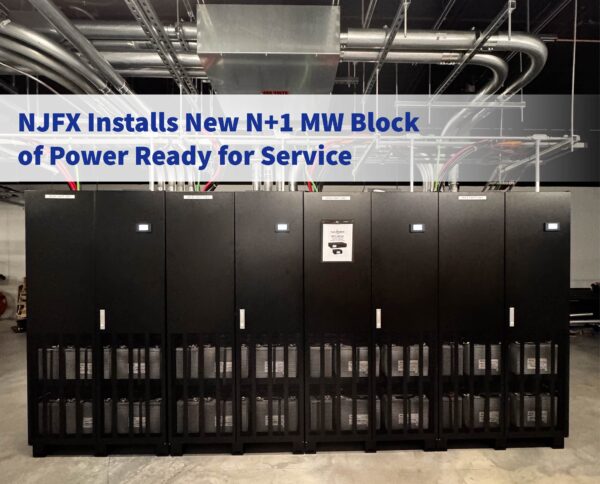
Red Sea conflict threatens Key Internet Cables. Maritime attacks complicate repairs on underwater cables that carry the world’s web traffic.
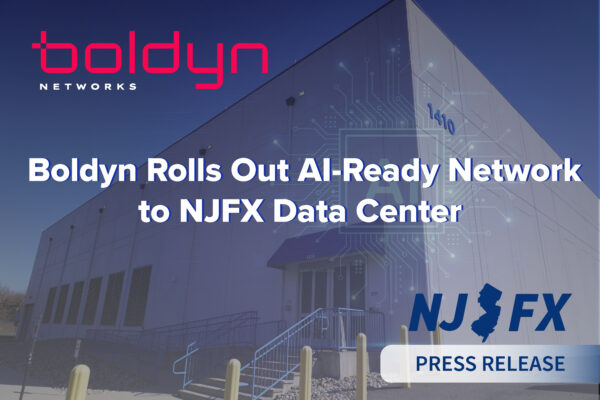
Red Sea conflict threatens Key Internet Cables. Maritime attacks complicate repairs on underwater cables that carry the world’s web traffic.
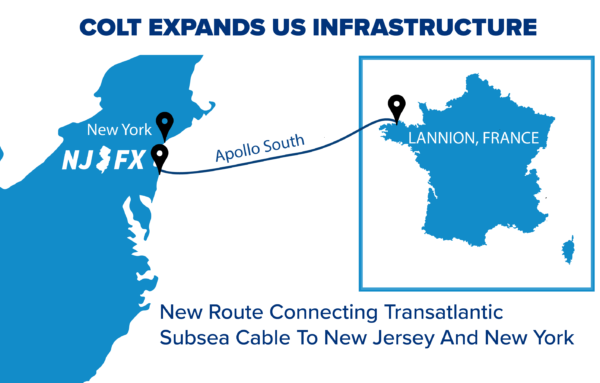
Red Sea conflict threatens Key Internet Cables. Maritime attacks complicate repairs on underwater cables that carry the world’s web traffic.
